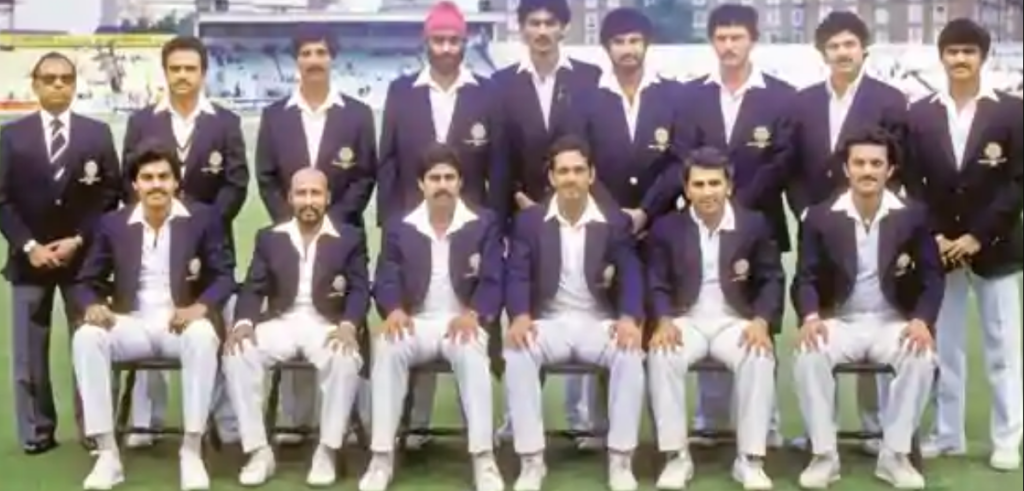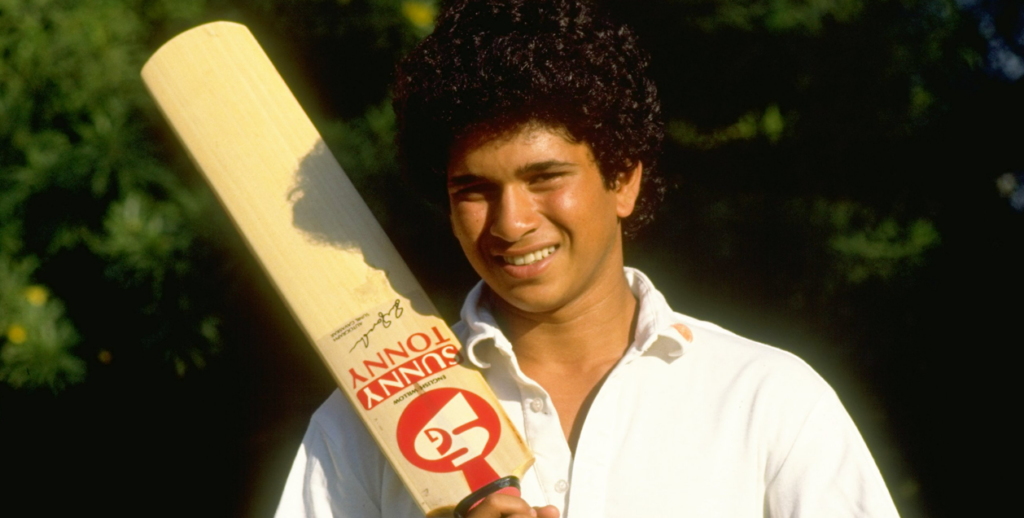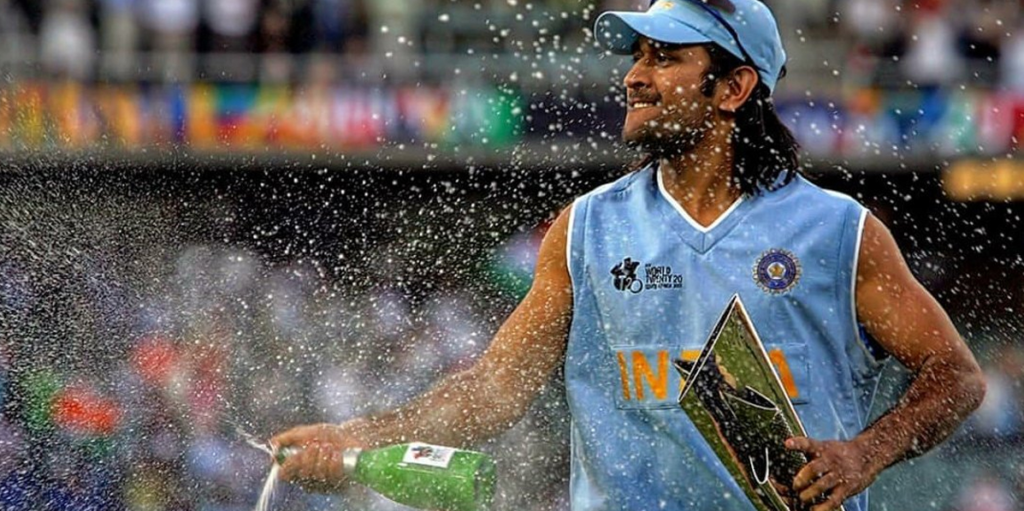Indian cricket is a captivating tapestry of passion, skill, and cultural significance that transcends mere sport. Like a richly woven fabric, it interlaces tradition, history, and fervor, captivating the hearts and minds of millions across the subcontinent. Rooted in the country’s diverse heritage and deep-rooted values, Indian cricket embodies the resilience, determination, and spirit of the nation itself. From the dusty grounds of rural villages to the iconic stadiums that pulsate with energy, cricket permeates the very essence of Indian society.
It is more than a game; it is a metaphor for life, reflecting the nation’s triumphs, struggles, and aspirations. Amidst the backdrop of a billion dreams, Indian cricket has become a vessel through which heroes are made, dreams are realized, and narratives of glory and disappointment are etched into the annals of time.
Indian Cricket Early Years:

The origins of cricket in India can be traced back to the British colonial era. The first recorded cricket match in India took place in 1721 in Gujarat. However, it was during the late 19th and early 20th centuries that cricket gained popularity across the country. The Indian cricket team, then known as the “All-India” team, played their first official Test match against England in 1932.
Post-Independence: After gaining independence from British rule in 1947, India’s cricket team underwent a transformation. Under the leadership of C.K. Nayudu, India played its first Test series as an independent nation against England in 1948. However, it was in the 1970s that Indian cricket witnessed a significant rise.
Indian Cricket 1970s-1980s:

The 1970s and 1980s were an important period for Indian cricket. During this time, the Indian team witnessed significant developments and achieved notable milestones. Here are some key highlights from Indian cricket in the 1970s and 1980s:
- Emergence of Sunil Gavaskar: Sunil Gavaskar made his debut in 1971 and went on to become one of the greatest opening batsmen in cricket history. He was known for his solid technique and ability to bat for long periods of time. Gavaskar scored numerous centuries and set several records during his career.
- 1971 Test series victory in the West Indies: In 1971, under the captaincy of Ajit Wadekar, the Indian team achieved their first-ever series victory against the West Indies in the Caribbean. This historic win boosted the confidence of Indian cricket and marked a turning point for the team.
- Kapil Dev’s arrival: Kapil Dev, a charismatic all-rounder, made his international debut in 1978. He quickly established himself as a key player with his explosive batting and fast bowling skills. Kapil Dev played a crucial role in transforming the Indian team into a competitive force.
- 1983 World Cup triumph: One of the most memorable moments in Indian cricket history occurred in 1983 when Kapil Dev led the Indian team to an unexpected victory in the ICC Cricket World Cup. India defeated the mighty West Indies in the final to lift the trophy for the first time, sparking a cricketing revolution in the country.
- Spin bowling dominance: Indian cricket witnessed the rise of exceptional spin bowlers during this period. Players like Bishan Singh Bedi, Erapalli Prasanna, Bhagwat Chandrasekhar, and later, Ravi Shastri and Dilip Doshi, formed a formidable spin bowling attack that troubled batsmen around the world.
Indian Cricket 1990s-2000s:

The 1990s and 2000s were significant decades for Indian cricket, witnessing both highs and lows. Here are some key highlights from that period:
- Emergence of Sachin Tendulkar: Sachin Tendulkar, often referred to as the “Little Master,” rose to prominence during this era. He became the backbone of the Indian batting lineup and established himself as one of the greatest cricketers of all time.
- Match-fixing scandal: One of the darkest chapters in Indian cricket’s history occurred in the late 1990s. The match-fixing scandal involving prominent cricketers like Mohammad Azharuddin and Ajay Jadeja tarnished the image of the sport in the country.
- Victories in ICC tournaments: In 1983, India won their first-ever Cricket World Cup, but the following years were marked by limited success in major tournaments. However, in 2007, under the captaincy of Mahendra Singh Dhoni, India clinched the inaugural ICC World Twenty20 in South Africa. They won the tournament by defeating arch-rivals Pakistan in a thrilling final.
- Sharjah triumphs: The Indian cricket team enjoyed success in the desert city of Sharjah during the 1990s. They won several tournaments, including the Austral-Asia Cup in 1994 and the Coca-Cola Cup in 1998. These victories were marked by exceptional performances from Sachin Tendulkar, who played some memorable innings during these tournaments.
- Sourav Ganguly’s captaincy: Sourav Ganguly, known for his aggressive leadership style, took over the captaincy of the Indian cricket team in the early 2000s. Under his captaincy, India achieved notable successes, including winning Test series in Australia and England, and reaching the final of the ICC Cricket World Cup in 2003.
Indian Cricket 2010s:

The 2010s was an eventful decade for Indian cricket, with several notable achievements and significant moments. Here are some highlights from Indian cricket during the 2010s:
- ICC Cricket World Cup 2011: India won the ICC Cricket World Cup in 2011, held in India, Sri Lanka, and Bangladesh. Led by MS Dhoni, the Indian team defeated Sri Lanka in the final to clinch the title after a gap of 28 years.
- Rise of Virat Kohli: The 2010s saw the emergence of Virat Kohli as one of the best batsmen in the world. Kohli displayed exceptional consistency and piled up runs across all formats. He became the backbone of the Indian batting lineup and broke numerous records, earning the reputation as a modern-day batting great.
- ICC Champions Trophy 2013: India won the ICC Champions Trophy in 2013, held in England and Wales. Led by MS Dhoni, the Indian team defeated England in a rain-affected final to lift the trophy. Shikhar Dhawan emerged as the leading run-scorer of the tournament.
- Indian Premier League (IPL) success: The Indian Premier League, a domestic Twenty20 tournament, gained immense popularity during the 2010s. Indian players and international stars showcased their talent in this league. Teams like Mumbai Indians, Chennai Super Kings, and Kolkata Knight Riders won multiple IPL titles during this decade.
- Women’s cricket: The Indian women’s cricket team showed significant improvement during the 2010s. They reached the final of the ICC Women’s World Cup in 2017, held in England, but narrowly lost to the hosts. The team also performed well in other tournaments, contributing to the growing popularity of women’s cricket in India.
Indian Cricket Recent Years:

In recent years, the Indian cricket team has remained a formidable force in world cricket. Virat Kohli took over the captaincy from Dhoni and led the team to further success. India achieved historic series victories in Australia in 2018-19 and England in 2021. They also reached the ICC World Test Championship Final in 2021 but finished as runners-up.
Overall, the Indian cricket team has produced some of the world’s finest players and has consistently remained among the top cricketing nations. They have had success in all formats of the game and continue to have a passionate and devoted fan base.

